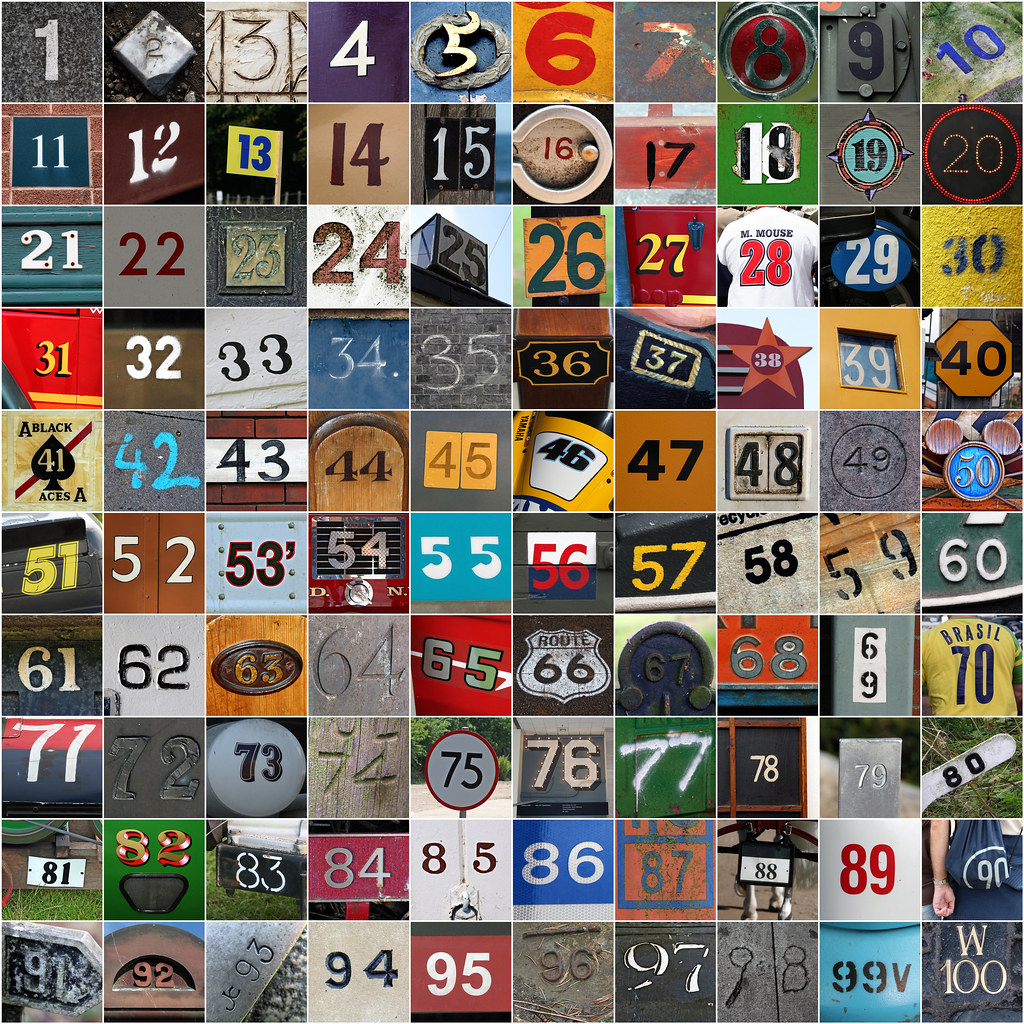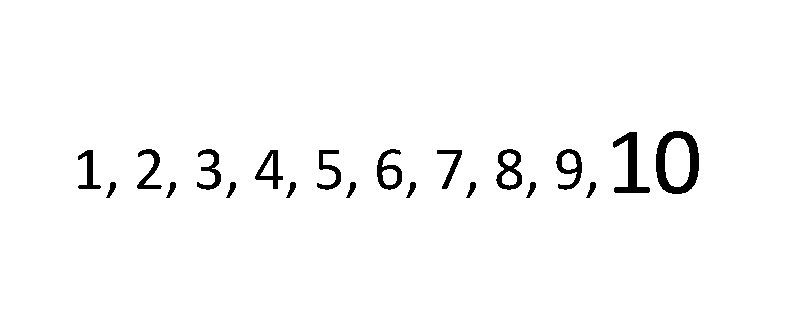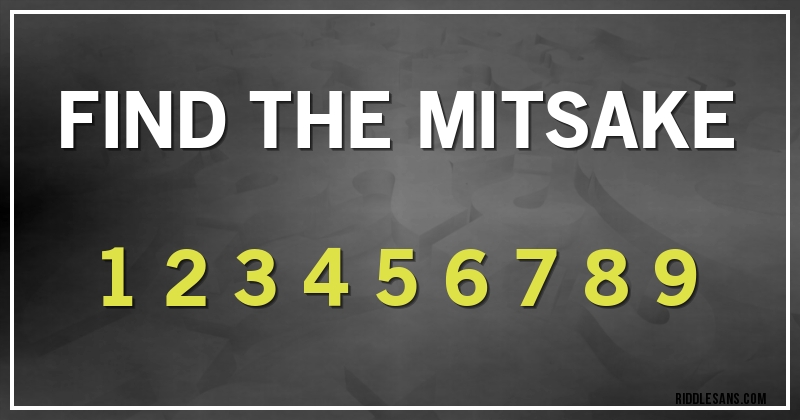
Representing numbers by arrays is an excellent way to illustrate some of their properties. In the previous section, we represented even numbers by arrays with two equal rows, and odd numbers by arrays with two rows in which one row has one more dot than the other. The word ‘doubt’ is related to the Latin ‘duo’, the word ‘two-faced’ means ‘liar’, and the traditional number of the devil is 2. We identify two alternatives, but three options. We divide a pie between two people, but among three people. Indeed, our concept of the number 2 is so different from our conceptions of all other numbers that we even use different language. The squares on each row or column of a chessboard are alternately black, white, black, white,….Our time is alternately divided day, night, day, night,….When music is written in double time, like the Australian National Anthem, the notes are alternately stressed, unstressed, stressed, unstressed,….When we walk, we step left, right, left, right,….This pattern occurs in all sorts of common situations: The even and odd numbers alternate, starting with 0, which is an even number because When we write out the whole numbers in order, The array representing the even number 10 has the dots divided evenly into two equal rows of 5, but the array representing the odd number 11 has an extra odd dot left over. We can demonstrate this by writingĪnd we can illustrate this using arrays with two rows. A whole number is called odd if it is not even.A whole number is called even if it is a multiple of 2.Here is the usual definition of odd and even whole numbers. The HCF and LCM are essential for fractions and later for algebra.

We also see that 60 is a multiple of both numbers, and that 60 is the lowest common multiple of them (apart from 0). For example, when we look at 30 and 12, we see that they are both multiples of 6, and that 6 is the greatest factor common to both numbers. The highest common factor (HCF) and lowest common multiple (LCM) allow us to compare numbers in terms of their factors and multiples. We are used to comparing numbers in terms of their size. Powers are introduced in this module, together with four of the five index laws. Repeated multiplication in turn leads to powers, and manipulating powers in turn relies on five index laws. Repeated addition leads to multiplication. These tests greatly simplify the listing of factors of numbers. There are several groups of well-known divisibility tests that can check whether a number is a factor without actually performing the division. This idea leads to the classification of numbers greater than 1 as either prime or composite, and to a listing of all the factors of a number. Whereas a number such as 31 can only be written trivially as the product 31 = 1 × 31.

Some numbers, such as 30, can arise in many different ways as a product,ģ0 = 1 × 30 = 2 × 15 = 3 × 10 = 5 × 6 = 2 × 3 × 5, The factors of a number can be displayed using rectangular arrays.

The number of pages in a packet of notebooks is a multiple of the number of pages in one notebook. The mass of a stack of bricks is a multiple of the mass of one brick.

Even numbers are multiples of 2, and more generally, multiples arise throughout mathematics and everyday life. Students first meet the distinction between odd numbers and even numbers in early primary school, but it is useful everywhere in mathematics. The only numbers in the module are whole numbers, apart from the final paragraphs, where fractions are used so that the fifth index law can be presented in a more satisfactory form. The ideas of this module are presented in purely arithmetical form, and no algebra is used except in some remarks that look forward to later work. This module encourages multiplicative thinking about numbers, and introduces ideas that are essential skills in fractions and algebra. Multiplication and division of whole numbers throw up many surprising things.


 0 kommentar(er)
0 kommentar(er)
